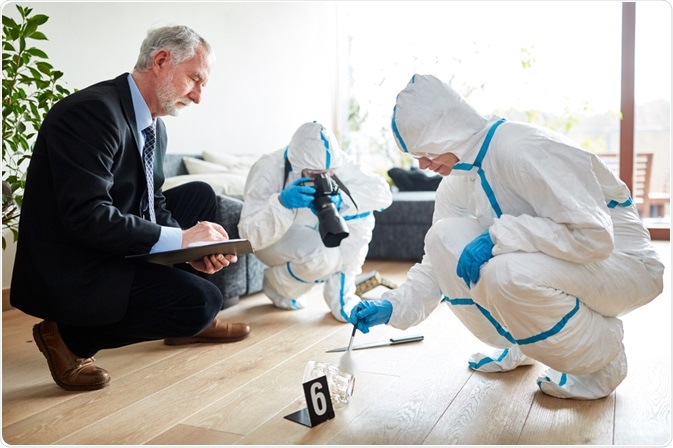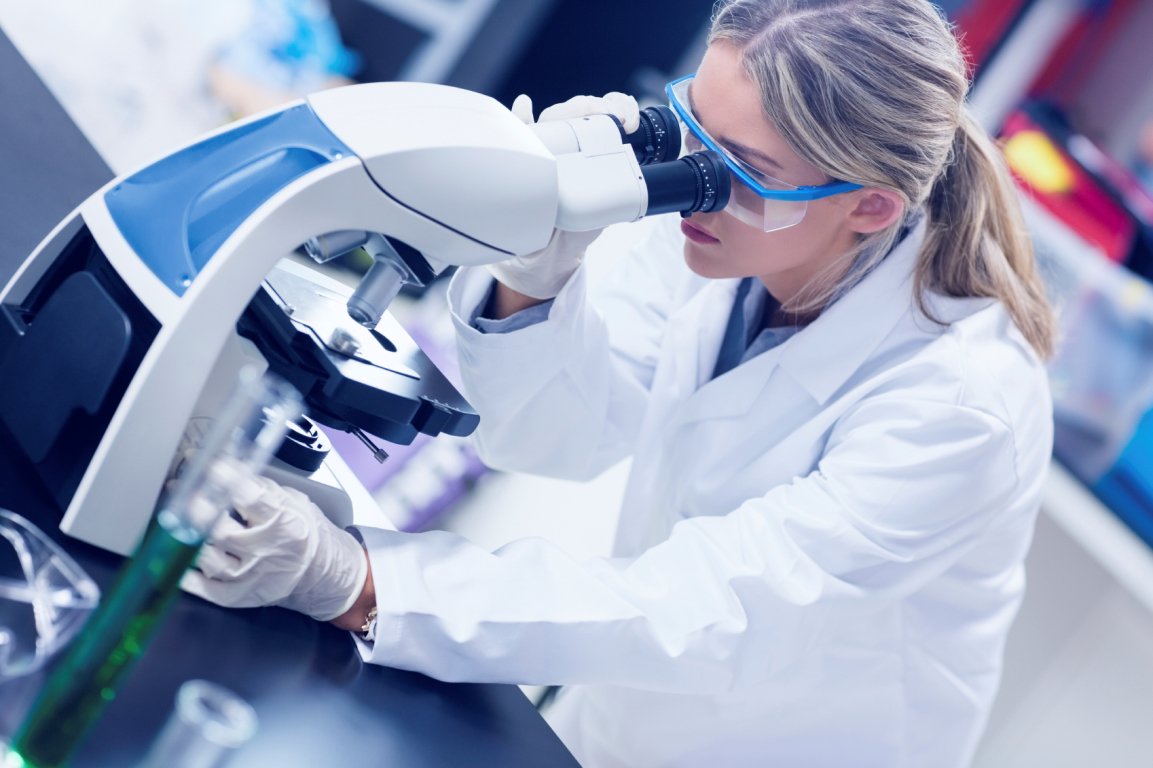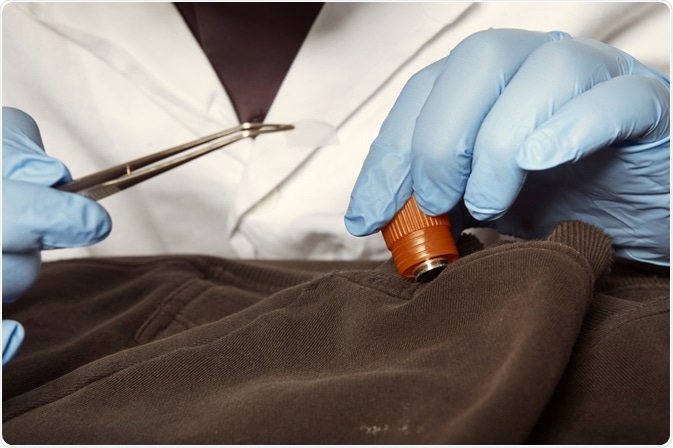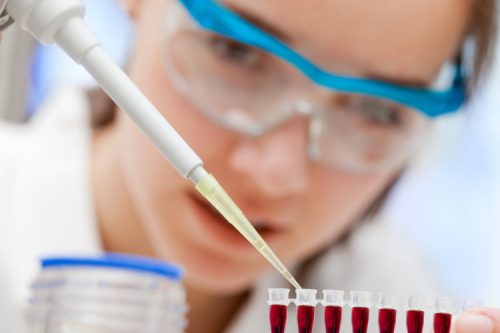Which Technique Would Most Likely Be Used by Forensic Scientists
Up to 24 cash back Forensic Analytical Techniques. Each labs structure varies they are under the jurisdiction of state law.

Analytical Chemistry In Forensic Science
Generally forensic anthropologists DO NOT do any of the following.

. When comparing two cartridge cases the NIST method produces a numerical score that describes how similar they are. Use of a spectrophotometer is also helpful in that regard. The DNA fingerprinting method was developed by Alec Jeffreys and his colleagues in the year 1985-86.
In the future a team approach utilizing all the information gathered by multiple forensic scientists including forensic anthropologists will most likely become more common. Short tandem repeat STR typing continues to be the primary workhorse in forensic DNA analysis although other genetic markers are used for specific applications 3 4. The evidence which forensic personnel are responsible for have a lot of weight in a wide variety of cases but have a special.
Six years before the National Research Councils 2009 report I was on a panel of the council that looked at a particular forensic technique. Drug testing is the most frequent forensic function performed by publicly funded crime laboratories which analyze biological samples for. Criminalists usually called forensic scientists analyze evidence such as body fluids in order to determine if DNA in those fluids matches blood found at a crime scene see DNA fingerprinting.
The report raised issues about the substantial rates of erroneous results in forensic disciplines including bite marks and highlights its lack of scientific validation. DNA profiling is the determination of a DNA profile for legal and investigative purposes. Forensic anthropology is made up of several sub-disciplines.
The researchers described their approach in Forensic Science International. In 2009 the National Academy of Sciences released a groundbreaking report detailing problems with many forensic techniques in use in criminal proceedings. Bite mark analysis has never been validated.
Assist law enforcement with the location and recovery of human remains at crime scenes Cleans the bones so that they. Modern DNA analysis is based on the statistical calculation of the rarity of the produced profile within a population. While people may share the same eye and hair color and may even have similar facial features they will not have the same DNA.
DNA profiling is a state-of-the-art procedure that can be used to identify individuals on the basis of their unique genetic makeup. Which technique would most likely be used by forensic scientists. The best tool though is neither one of these but a combination called the micro- spectrophotometer.
More recently known as forensic labs they consist of pathology toxicology biology firearm examination questioned documents photo analysis electronics and chemistry. We usually aim to build a picture not relying on one technique Carbon and nitrogen are two other. Compound and comparison microscopes are useful tools in observing the fiber evidence and determining what the fibers are and where they come from.
The field of forensic science is heavily relied on by the criminal justice system Holmgren-Richards 2002. Other forensic scientists may help identify collect and evaluate physical evidence at a crime scene. Together all of these areas of expertise can as the AAFS says in its career guide attempt to reconstruct as much as possible about a persons life and death.
DNA analysis methods have changed numerous times over the years as technology improves and allows for more information to be determined with less starting material. Cultural anthropology archaeology linguistics and physical biological anthropology. Forensic science is all about context.
Forensic laboratories have embraced automation for sample preparation and data interpretation in order to meet increasing throughput demands. Techniques used to positively identify individuals are not limited to medicolegal death investigations and have been useful in other legal contexts. It also estimates the probability that random effects might cause a false positive matcha concept similar to match probabilities for DNA evidence.
Forensic personnel are responsible for the collection preservation analysis and interpretation of physical evidence Saferstein 2011. A DNA Fingerprinting using Mini-Satellite DNA. Process is used more often in general forensic science paired with usage in multiple subgenres of chemistry as well.
Collect trace evidence hair fibers Run DNA tests Analyze ballistics or weapon evidence Analyze blood spatter Conduct autopsies What a forensic anthropologist DOES do to aid in a case. Mass spectrometry is generally used in analytical chemistry to record the charge-to-mass ratio of a compound and its daughter ions which is helpful in understanding how a compound may fracture when met with charge. This means the process can be useful in more accurately solving crimes.
The following two techniques are commonly used in the area of forensic medicine mostly in resolving legal issues.

Uses Of Microscopy In Forensics

What Are The Types Of Forensic Science National University

No comments for "Which Technique Would Most Likely Be Used by Forensic Scientists"
Post a Comment